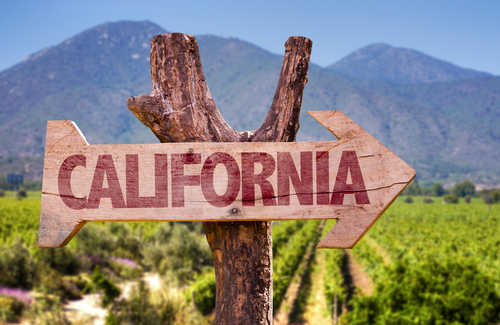
06 Jun Wine in the United States
Robert Foley, well known and respected as a winemaker, stated: “There is an area between science and art that I predict craft, and that’s exactly what I do. I am looking, I’m tasting, I am smelling, and I am feeling. And really, the power of this wine–a lot of that’s found in the way that it seems on the palate.” This man is respected among the best winemakers in the United States, and his vineyard is at Napa Valley, a place that’s world famous for developing a good grape. And, by far and away, nearly all the wine created in the USA comes from the country of California where most people visited it with charter bus rental Maine.
This love for wine and the craft of making a truly superior classic in America has developed over time. Even Thomas Jefferson spent a lot of time trying to develop varietals from Europe at Monticello, however they didn’t thrive for him in the time. That notwithstanding, he had an extremely refined palate and has been a wonderful wine critic.
But even though Jefferson and many others had previously tried to make decent wine, the narrative of its establishment in america really started in the 50’s. Due to prohibition, followed by the depression and the Second World War, the allowance and ability to experiment, develop different varieties, and produce amounts of wine to sell really started after these important events.
Napa Valley place itself on the map in Paris in 1976 when, at a blind tasting, a white wine and red wine in California came in early. . .ahead of French wines! The world realized that world-class wine could be created in America, also. And while winemakers may vary in just how they do things, here are some general details about wine manufacturing which are applicable across the board:
A good deal of great wine growers are more worried about quality, instead of quantity. They’ll prune the majority of the fruit off the vine, and repeat this pruning procedure during the growing season so the plant is permitted to concentrate its efforts on a lesser amount of fruit, which makes for a top excellent yield with excellent flavor.
You will hear wine manufacturers discuss the terroir of a wine, and you may wonder what on earth they’re talking about. Terroir refers to the blend of the particular soil where the grapes are grown, together with the weather conditions. The idea is that, even if you should grow the exact same varietals and often the blossoms in the specific same manner in a different location, the grape won’t taste exactly the same. This is a result of the terroir.
When fruit is thick on the vine, it is a science to understand when it is just the ideal time to select. Growers will check for glucose, pH, and acidic levels, making sure that the grapes are in the range they need them to be to get an optimal end merchandise.
There are over 1,000 compounds in a bottle of wine. And several things influence the taste: tannins, the combinations of various vintages, the oxidation procedure, the type of barrel the wine ages in, etc.. It is in fact a skill to get certain tastes and come away with fantastic tasting wine, year after year.
When wine is aging in a barrel, it will frequently be racked, a process where the wine is removed from the barrels then pumped straight back, and not always back into the same barrel. This procedure allows the wine to be exposed to air, which is an important part of influencing the taste and texture of the wine.
Making great wine takes experience and training, and those who do it well have perfected their ability as time passes. It’s a joy to tour wineries and participate in wine tastings to come to know and appreciate wines from a specific area. We take groups on wine tours to help them get their feet wet with all the best our area is known for. If doing a small wine tasting and learning more about vineyards is the kind of fun, call and schedule a trip with our charter bus rental Maine.
(The information for this Article came from this documentary which focuses on wine made in Napa Valley: https://m.youtube.com/watch?v=nsDXSJpXQck.)


No Comments